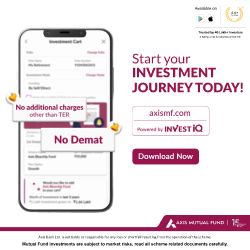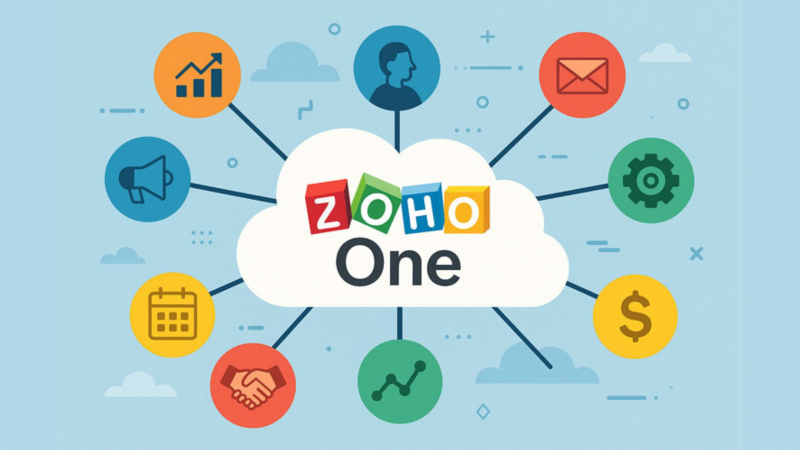Trump’s 50% Tariff on India: A Big Blow to ‘Make in India’ and Exports
Why India Is the Only Country Facing 50% TariffsIndia’s reliance on discounted Russian oil has been an irritant in Washingto
- by Shan 2025-08-14 09:07:14
What Did Trump Announce and Why Does It Matter?
When Donald Trump announced that tariffs on Indian exports to the US would double to 50%, the impact was immediate. For India, which counts the US as its largest export destination and a major source of foreign investment, this was more than just a trade setback — it was a direct hit to Prime Minister Narendra Modi’s decade-long effort to turn India into a global manufacturing hub.
Trump framed the move as a punishment for India’s purchase of discounted Russian oil, claiming it indirectly funds President Vladimir Putin’s war in Ukraine. Yet, India has become the only major economy targeted with such secondary tariffs, even though China is the world’s largest buyer of Moscow’s crude.
The decision effectively makes India the highest-tariffed country in Asia, surpassing even China, whose goods face about a 30% US tariff. For exporters, manufacturers, and policymakers, this creates both an economic shock and a diplomatic puzzle.
Why India Is the Only Country Facing 50% Tariffs
India’s reliance on discounted Russian oil has been an irritant in Washington for years. But Trump’s move stands out for its selective targeting.
China buys more Russian oil than India, yet faces no new penalties.
The tariffs seem designed to pressure New Delhi politically, not just economically.
It raises questions about the stability of US-India relations, especially since Washington has long encouraged India as a counterweight to China.
For New Delhi, the concern is less about oil and more about the erosion of trust with its most important export market.
The Immediate Fallout — Who’s Getting Hit Hardest?
On the ground, the consequences are already visible.
Farida Group, India’s largest shoemaker supplying brands like Clarks and Cole Haan, froze a planned ₹1,000 crore ($114 million) expansion in Tamil Nadu after US buyers stopped placing new orders.
Apparel makers like Trend Setters Group are slashing prices to hold onto customers, even at the cost of profitability.
Technocraft Group, a Mumbai-based scaffolding and textiles exporter, is recalculating costs for its US-bound orders, warning that margins will be severely squeezed.
Export associations report exporters are fielding dozens of daily calls from panicked buyers reluctant to commit under the new tariff regime.
Sector-by-Sector Impact
While pharmaceuticals and smartphones have been spared for now, exporters worry these exemptions could be temporary.
How This Threatens Modi’s ‘Make in India’ Vision
When Modi launched Make in India in 2014, the goal was clear: raise manufacturing’s share of GDP to 25%. Instead, the share has slipped from 16% in 2015 to 13% in 2024, according to World Bank data.
There were bright spots:
Apple ramped up iPhone assembly, making India the second-largest smartphone producer after China.
Pharma exports surged, helping India secure its place as the “pharmacy of the world.”
Green tech manufacturing (solar modules, EV batteries) showed promise.
But Trump’s tariffs now threaten this fragile momentum. Exporters warn that instead of being a “China Plus One” hub, India risks becoming “India Plus One” — a country global firms may diversify away from due to policy unpredictability and trade risks.
The Bigger Geopolitical Picture — US, Russia, and China
Trump’s move can’t be seen in isolation. It’s part trade policy, part geopolitics.
The official justification is India’s Russian oil imports.
But China, the bigger buyer of Russian oil, hasn’t faced similar tariffs.
At the same time, Beijing has tightened restrictions on rare earth exports to India, hitting automakers and electronics.
Ironically, the tariffs may push New Delhi closer to Beijing: direct India–China flights are resuming soon, and China recently relaxed fertilizer exports to India.
This creates a paradox. A policy meant to penalize India could instead weaken US influence in Asia and make India more dependent on China.
What Does This Mean for India’s Economy?
The numbers are sobering.
Bloomberg Economics estimates India’s US-bound exports could fall 60% under a 50% tariff.
That translates into nearly $50 billion in lost trade.
India could lose 1% of GDP growth if the tariffs hold.
If exemptions on pharma and electronics are removed, the decline could approach 80%.
Even under the earlier 25% tariff regime, Indian exporters were already warning of a 30% hit to orders compared to competitors in Vietnam, Malaysia, and Bangladesh.
For India’s stock markets, this means textile, leather, and mid-cap engineering firms could face the sharpest declines in earnings. Large IT and pharma companies may be shielded for now, but sentiment across the export sector is negative.
Can India Diversify Away from the US Market?
This is the question many exporters are now asking. While the US is India’s single largest export destination, alternatives do exist — though none are easy.
Alternative Markets for Indian Exports
Short-term challenge: Buyers in these markets often demand lower prices, making them less profitable than US contracts.
Long-term opportunity: Pending trade deals with the EU and UK could unlock fresh demand if negotiations succeed.
What Can India Do Next?
India’s options are limited but not impossible.
Diplomatic Push: New Delhi could negotiate exemptions, as Vietnam and others have done in the past.
Domestic Reforms: Lowering logistics costs, easing compliance, and incentivizing manufacturing could offset tariff shocks.
Export Diversification: Building stronger trade ties with the EU, Gulf, and Africa will be critical.
Government Support: Extending Production-Linked Incentive (PLI) schemes and offering subsidies and tax credits could cushion exporters.
For now, exporters are in survival mode — cutting costs, negotiating harder, and holding off on expansion. But the bigger question is whether India can turn this crisis into an opportunity by accelerating reforms and broadening its trade base.
Key Takeaways
Trump’s 50% tariff move is about politics as much as economics, targeting India for its Russian oil purchases.
India’s $87 billion in US-bound exports is at risk, with footwear, textiles, and engineering among the hardest hit.
Modi’s Make in India dream faces a severe stress test, with global firms rethinking supply chains.
The shock could push India to diversify exports, strengthen trade with the EU, Gulf, and ASEAN, and double down on domestic reforms.
For exporters, investors, and policymakers, this is a moment of hard choices. The next six to twelve months will determine whether India can withstand Trump’s tariff wall—or whether its manufacturing ambitions stall just as they were beginning to take off.
Read also: India-US Trade Talks Collapse: Tariffs, Russia Ties & Export Risks Explained

POPULAR POSTS
Loan EMIs to Drop as RBI Slashes Repo Rate - Full MPC December 2025 Highlights
by Shan, 2025-12-05 11:49:44
Zoho Mail vs Gmail (2025): Which Email Platform Is Best for Businesses, Startups, and Students?
by Shan, 2025-10-09 12:17:26
PM Modi Launches GST Bachat Utsav: Lower Taxes, More Savings for Every Indian Household
by Shan, 2025-09-24 12:20:59
$100K H-1B Visa Fee Explained: Trump’s New Rule, Clarifications & Impact on Indian Tech Workers
by Shan, 2025-09-22 10:11:03
India-US Trade Deal Soon? Chief US Negotiator Arrives in Delhi as Talks Set to Begin Tomorrow
by Shan, 2025-09-15 11:54:28
Modi Meets Xi: Trump’s Tariffs, Strategic Autonomy, and the Future of Asia’s Power Balance
by Shan, 2025-09-03 06:40:06
Google Claims Gemini AI Uses Just ‘Five Drops of Water’ Per Prompt, Sparks Debate
by Shan, 2025-08-22 12:34:27
RECENTLY PUBLISHED

Pine Labs IPO 2025: Listing Date, Grey Market Premium, and Expert Outlook
- by Shan, 2025-11-05 09:57:07

The Agentic Revolution: Why Salesforce Is Betting Its Future on AI Agents
- by Shan, 2025-11-05 10:29:23

Top 10 Insurance Companies in India 2026: Life, Health, and General Insurance Leaders Explained
- by Shan, 2025-10-30 10:06:42

OpenAI Offers ChatGPT Go Free in India: What’s Behind This Big AI Giveaway?
- by Shan, 2025-10-28 12:19:11

Best Silver Investment Platforms for 2025: From CFDs to Digital Vaults Explained
- by Shan, 2025-10-23 12:22:46





 Subscribe now
Subscribe now 